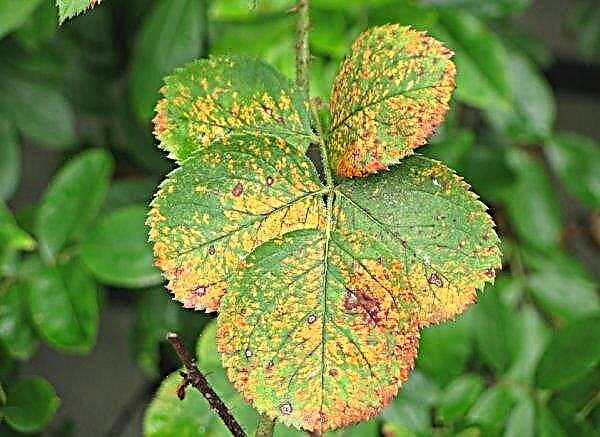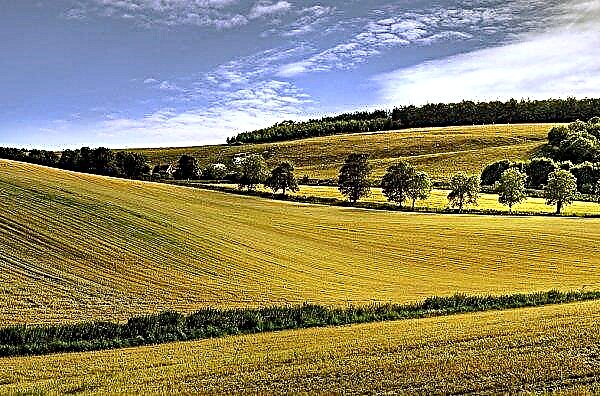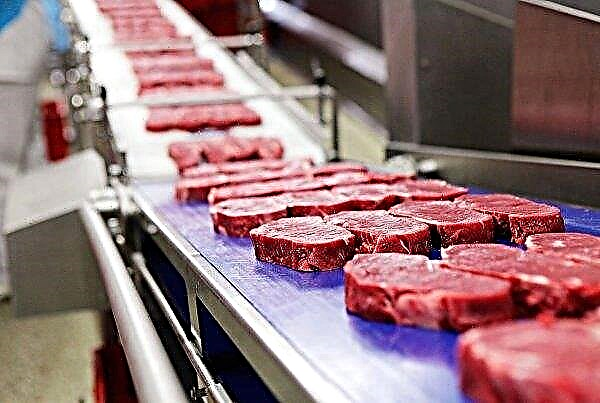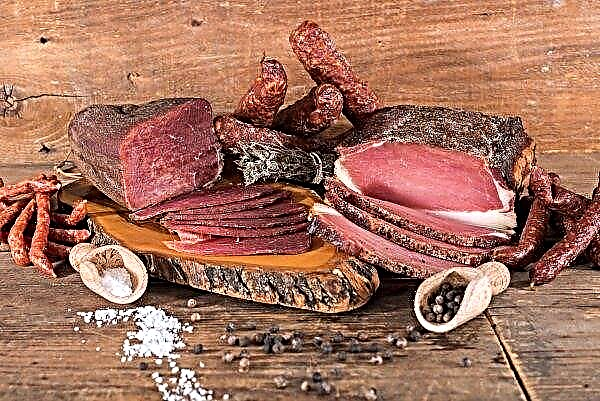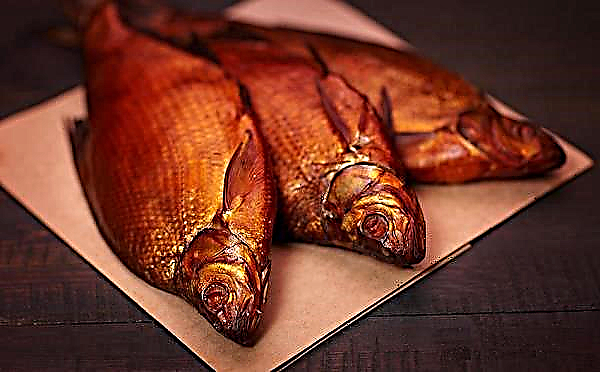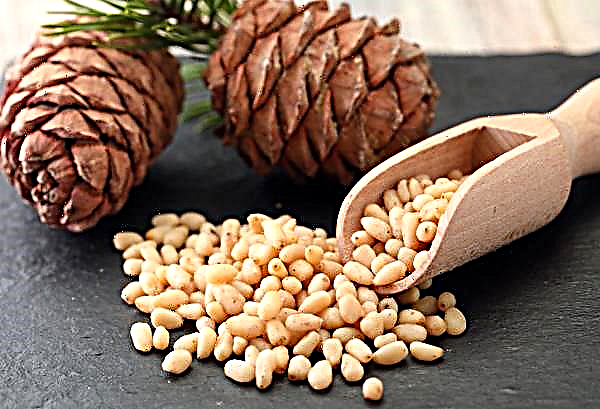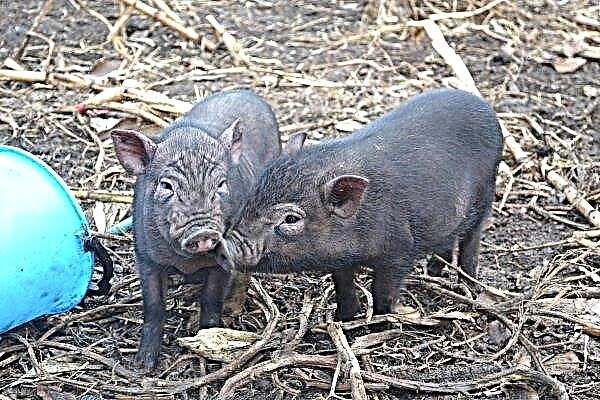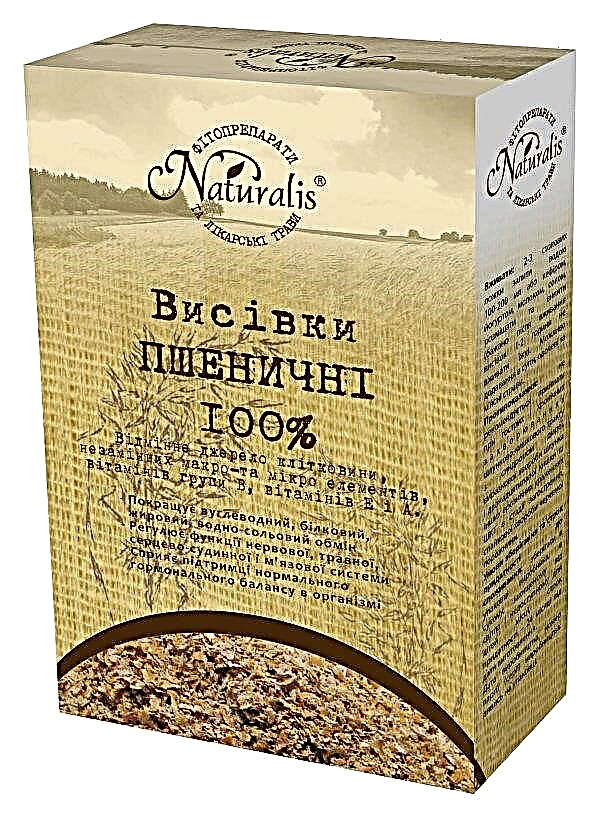The symbiosis of flowering plants and pollinating insects, which has developed on the earth for millions of years, is broken. According to the World Council on Biodiversity (IPBES), up to 40% of all invertebrate pollinators in the world, including bees, are now threatened with extinction.

Some of the species have already died out, the number of others is steadily decreasing. Moreover, bee breeding is not able to compensate for these losses.
The life of insects is negatively affected by:
- The cultivation of monoculture plants in agriculture, which are not able to provide proper nutrition for pollinators.
- Destruction of weeds, lack of wide flowering fields.
- Massive use of pesticides. The widespread use of chemistry in China has led not only to the death of bees, but also birds. First, sparrows that allegedly threatened the crop were destroyed in the country, and then insects bred. As a result, neither one nor the other in the country was almost gone.
- Diseases, in particular those caused by the tick of varroa.
- Increased competition among pollinators. The development of domestic beekeeping has led honeybees to take food from wild bees.
- Climate changes to which insects are not able to adapt quickly.
 About 21 thousand species of bees are known in the world. In one hive, these insects are capable of producing up to 150 kg of honey per year.
About 21 thousand species of bees are known in the world. In one hive, these insects are capable of producing up to 150 kg of honey per year.
Each of us can join the salvation of pollinating insects.
For example, by growing forage plants on your plot for:
- Ghost flies - love bright yellow flowers, herbs: dill, caraway seeds, etc.
- Wasps - prefer nectar of ivy and figs.
- Zhukov - they love water lilies, magnolias, stuffed roses and peonies.
- Butterflies.
- This year, winter in Europe, resembling spring, activates bees, when it does not rain and a few degrees above zero, they fly out of the hive.
- One of the reasons for the widespread pestilence of bees on the territory of the Russian Federation this year could be an active campaign to combat the insidious weed - Sosnovsky hogweed.
- The platform, aimed at increasing the smooth operation of various stakeholders throughout the beekeeping value chain, brought together various players, including beekeepers, scientists, processors and marketers.


